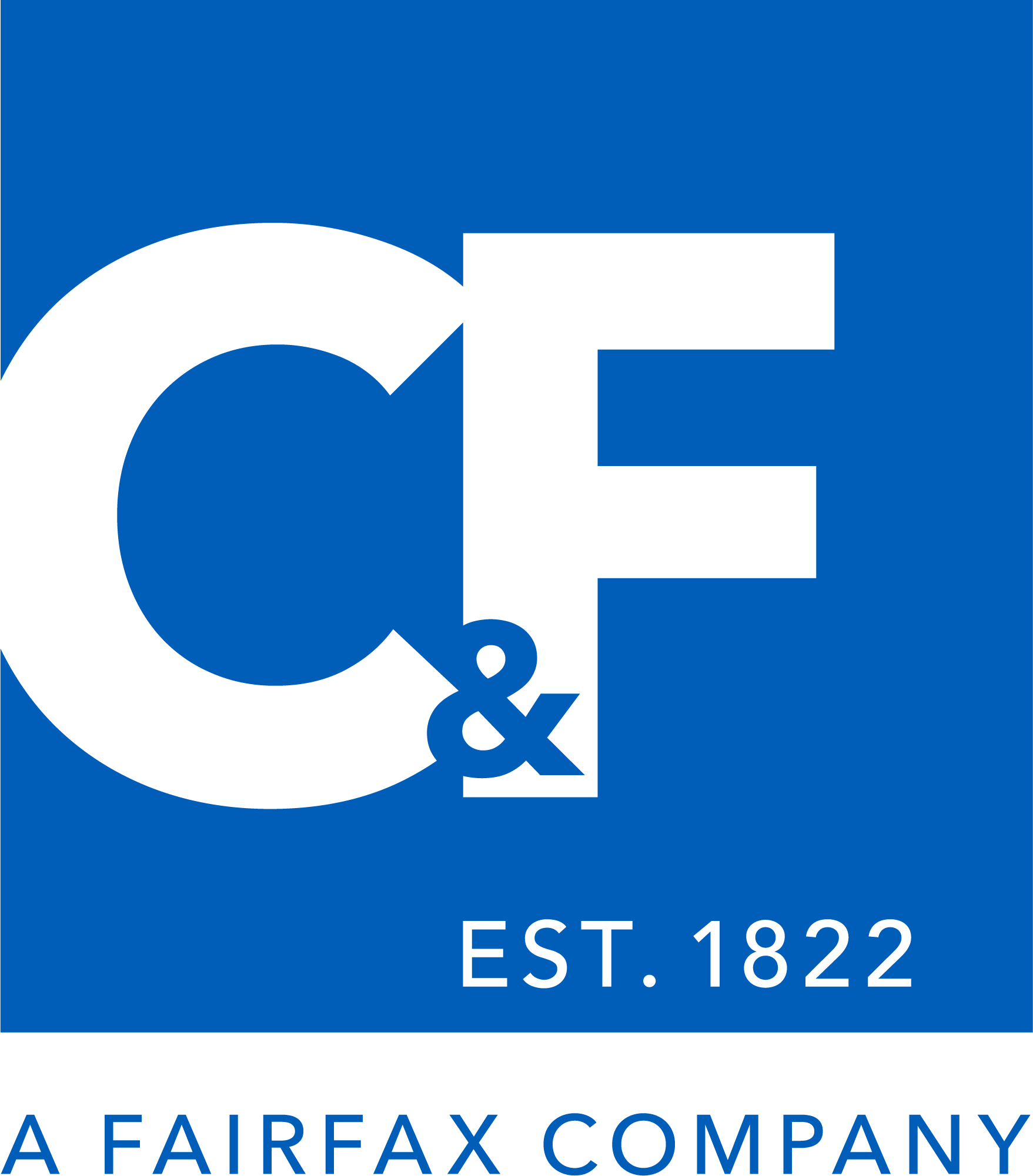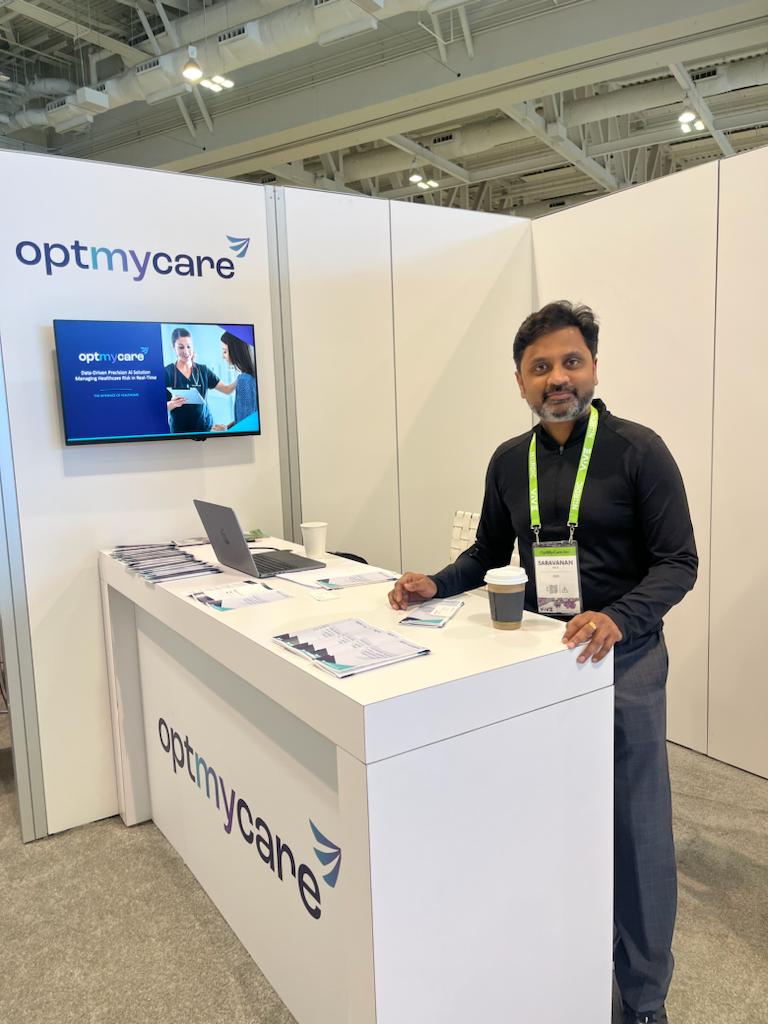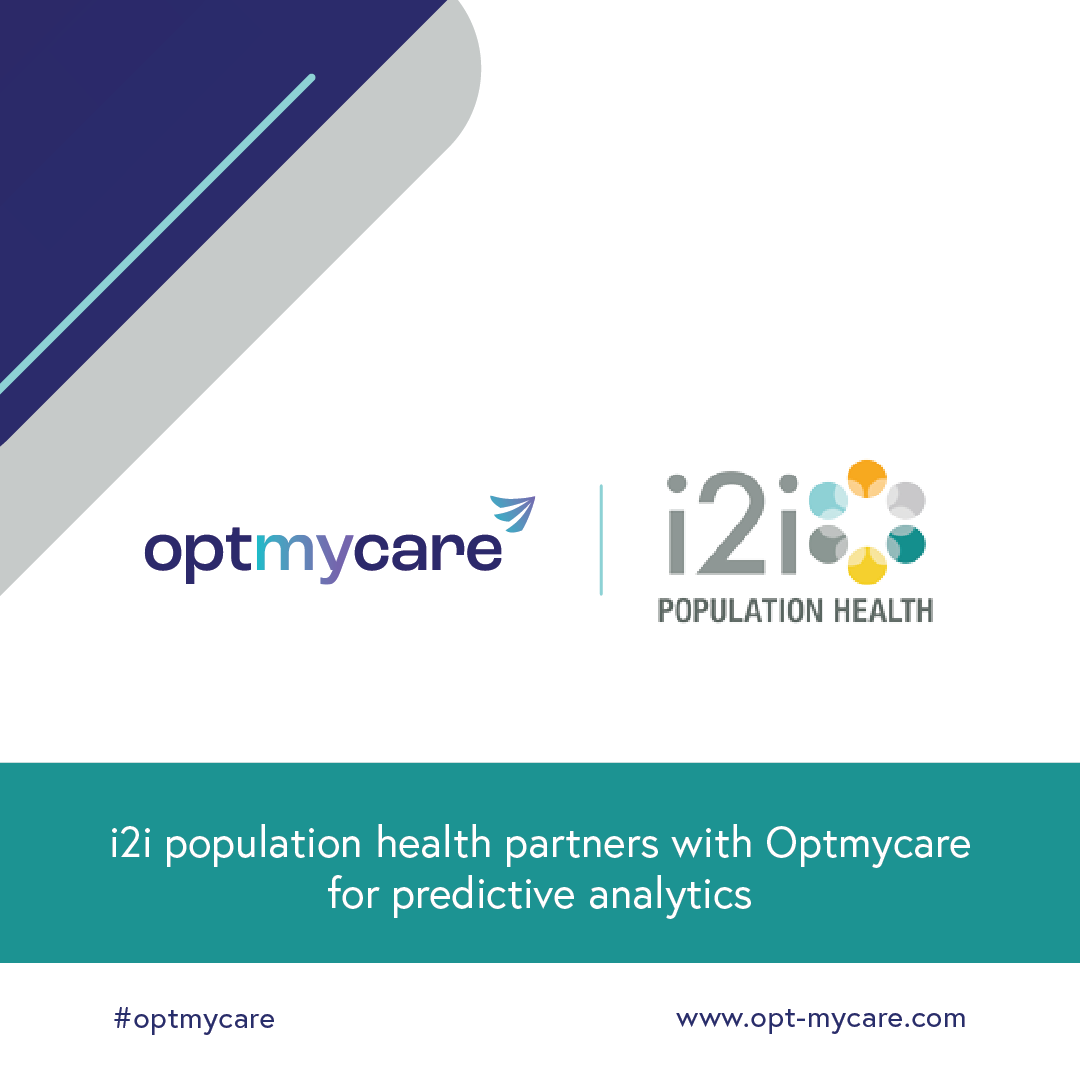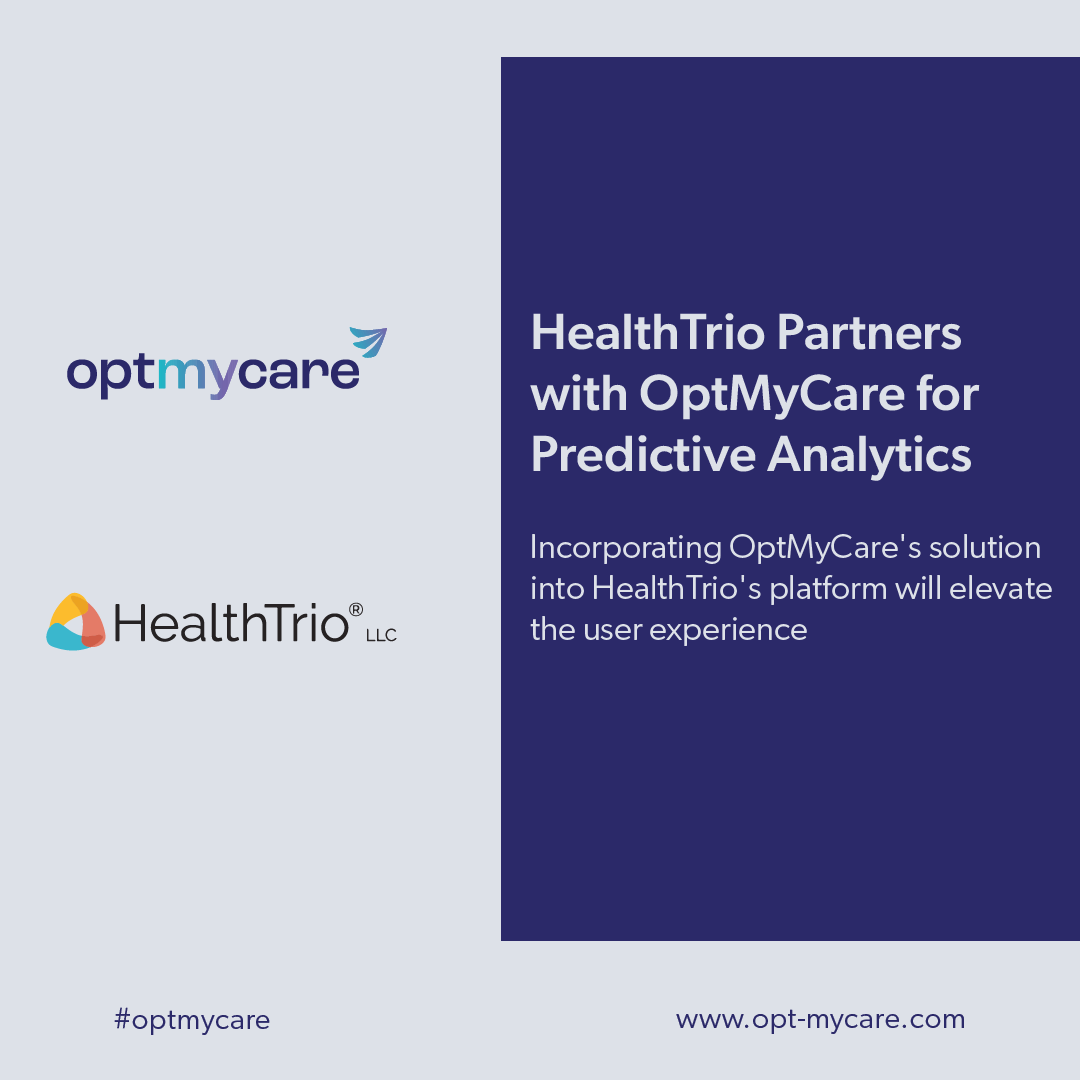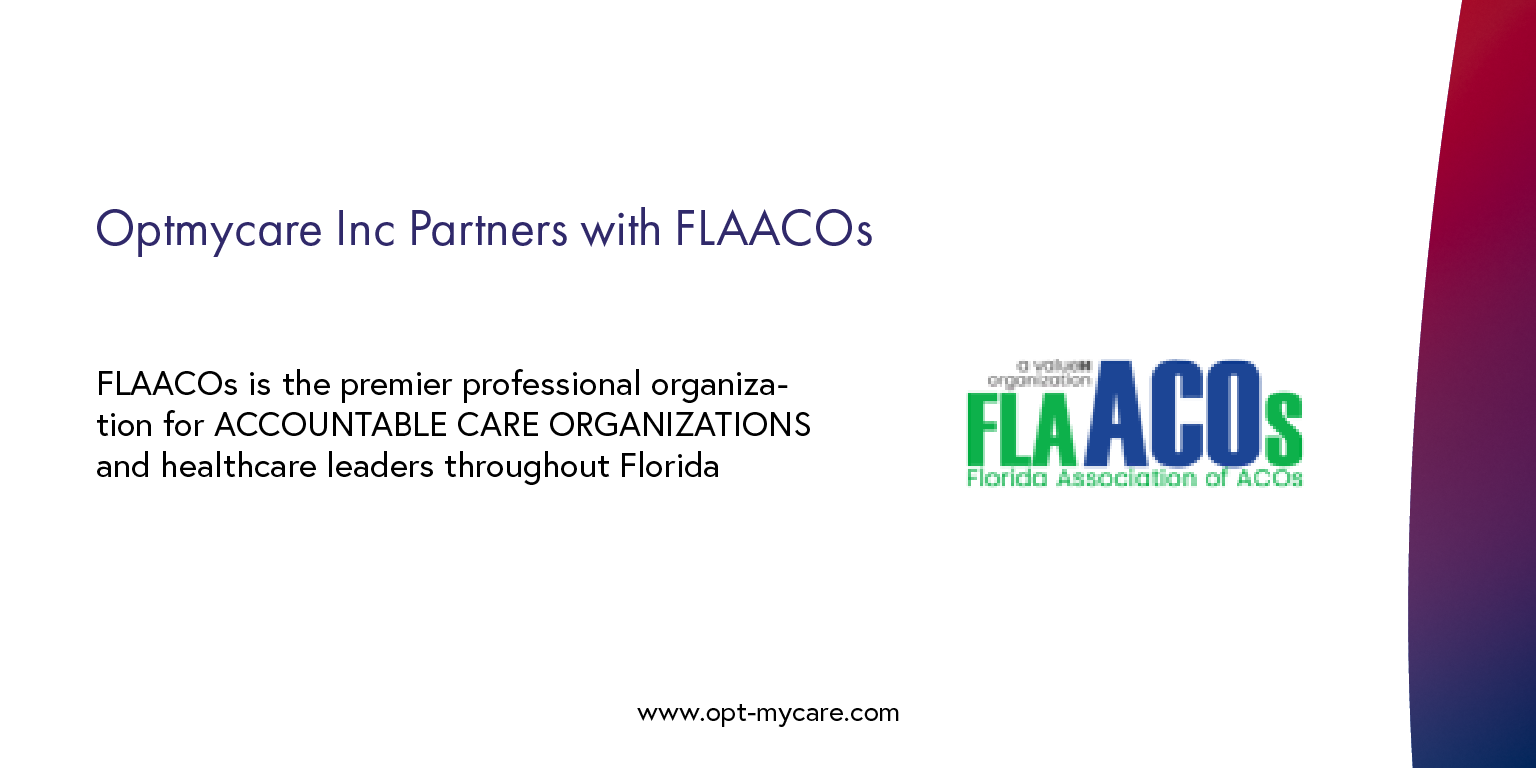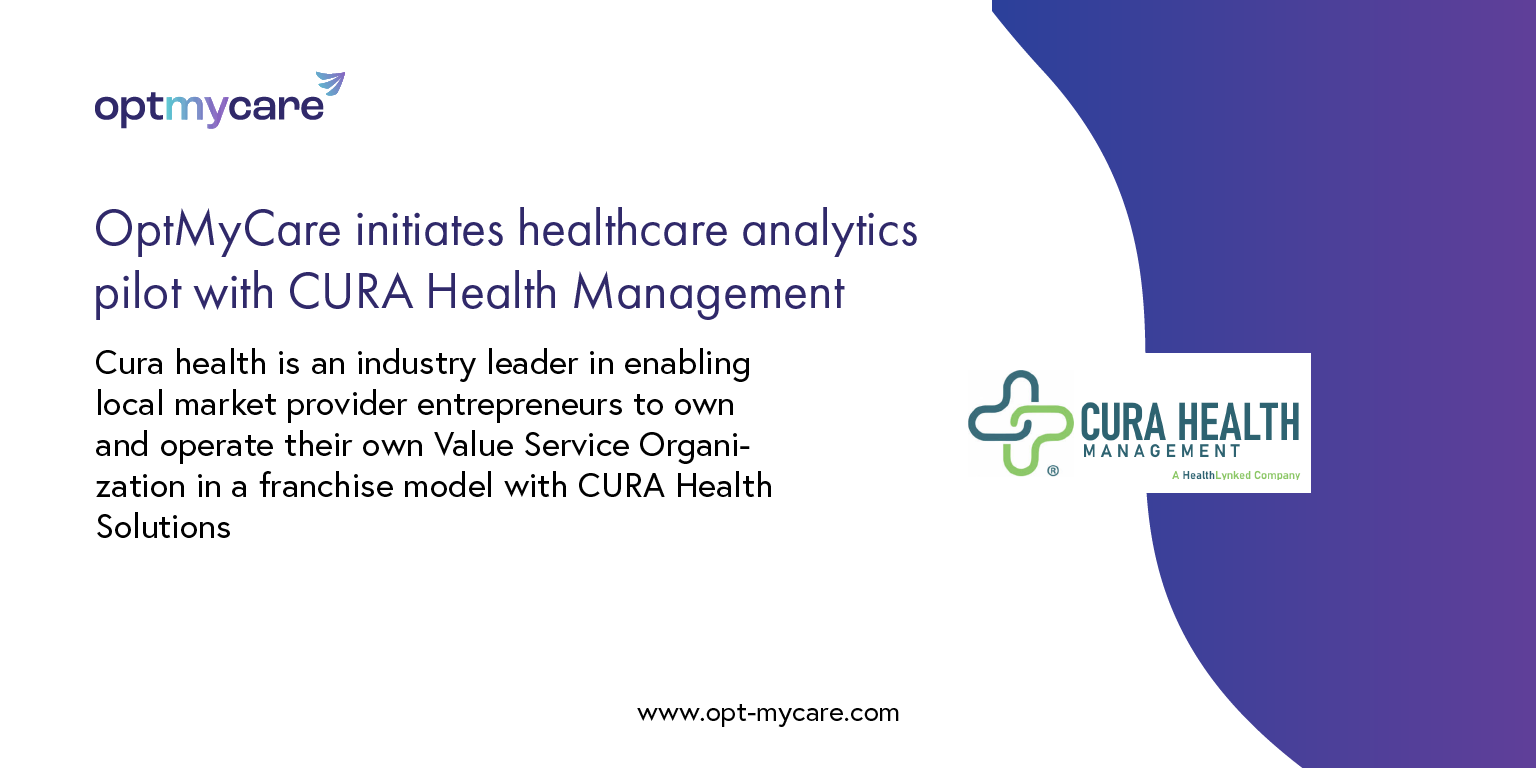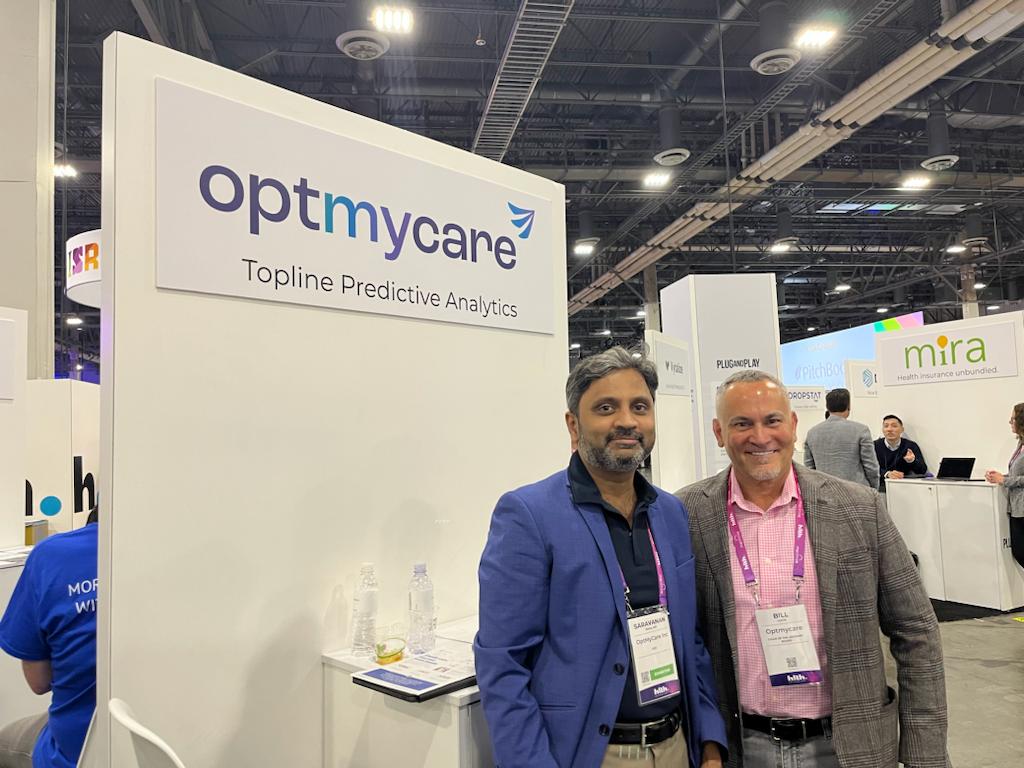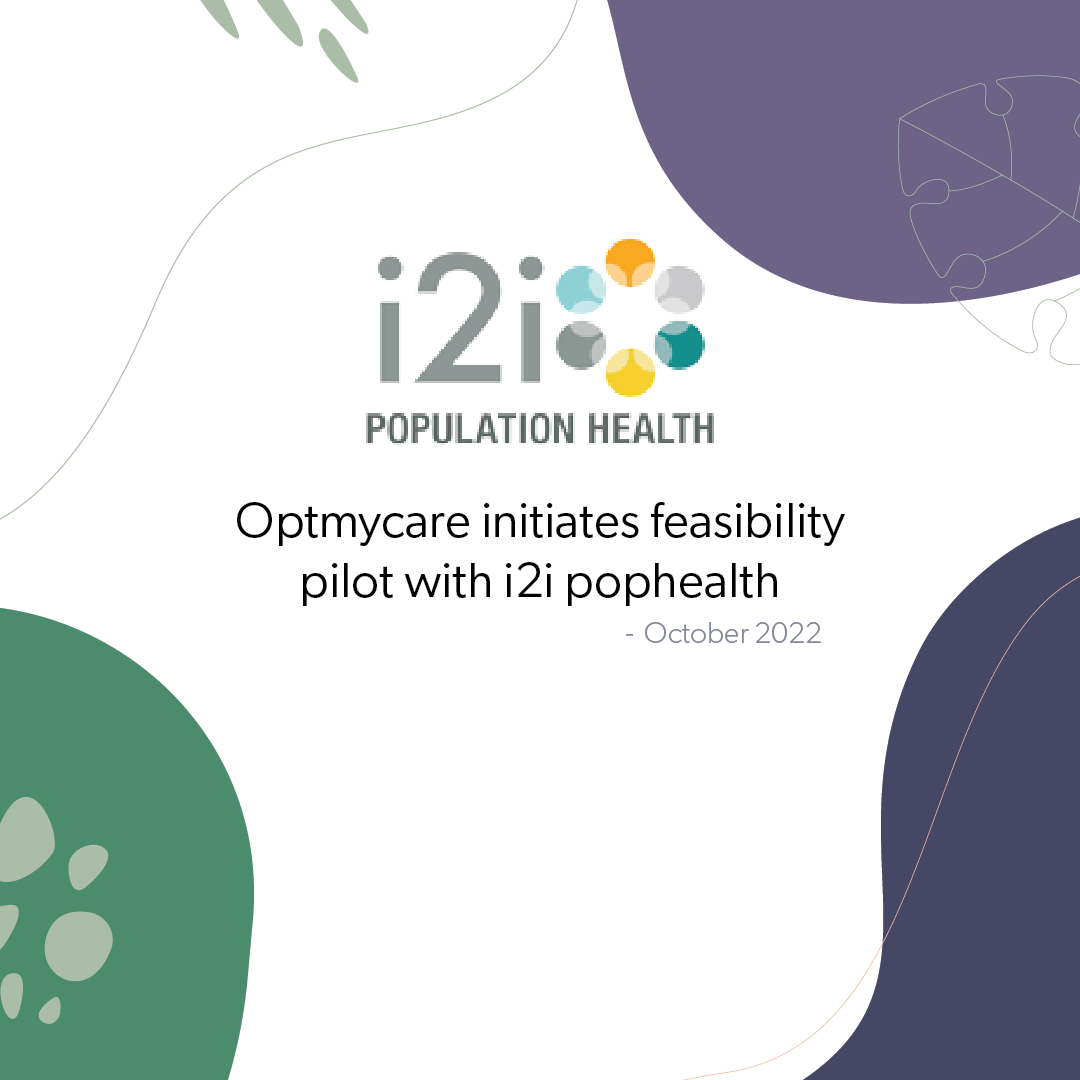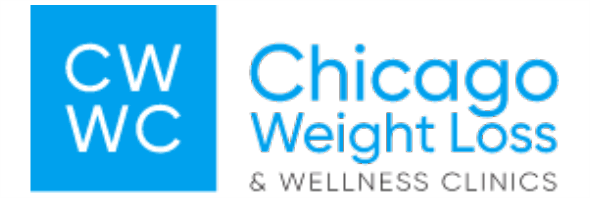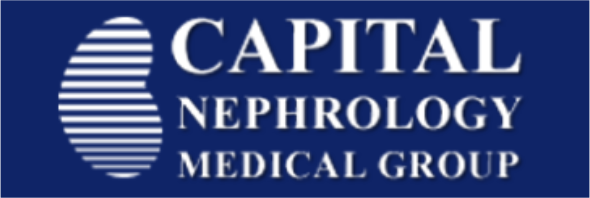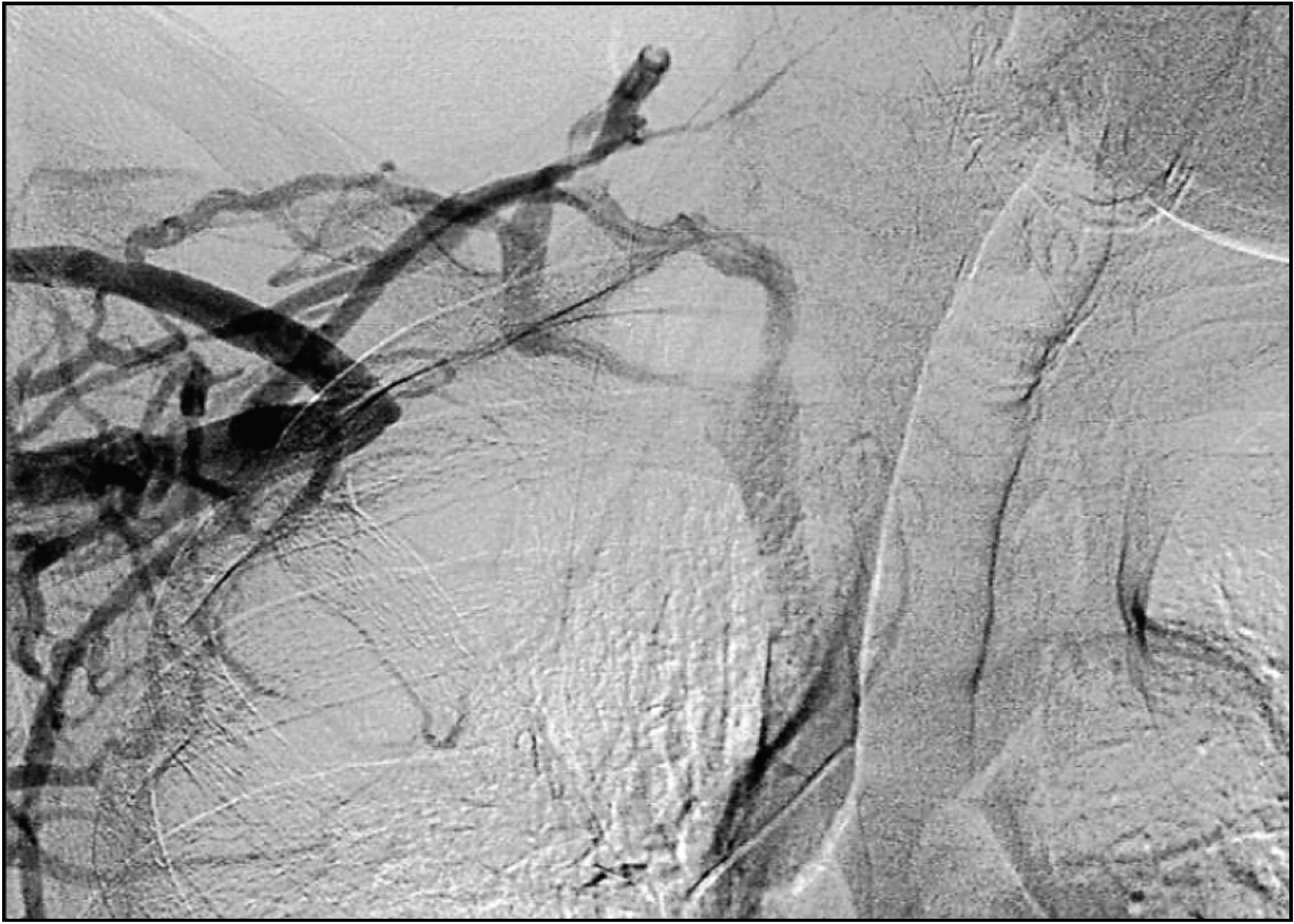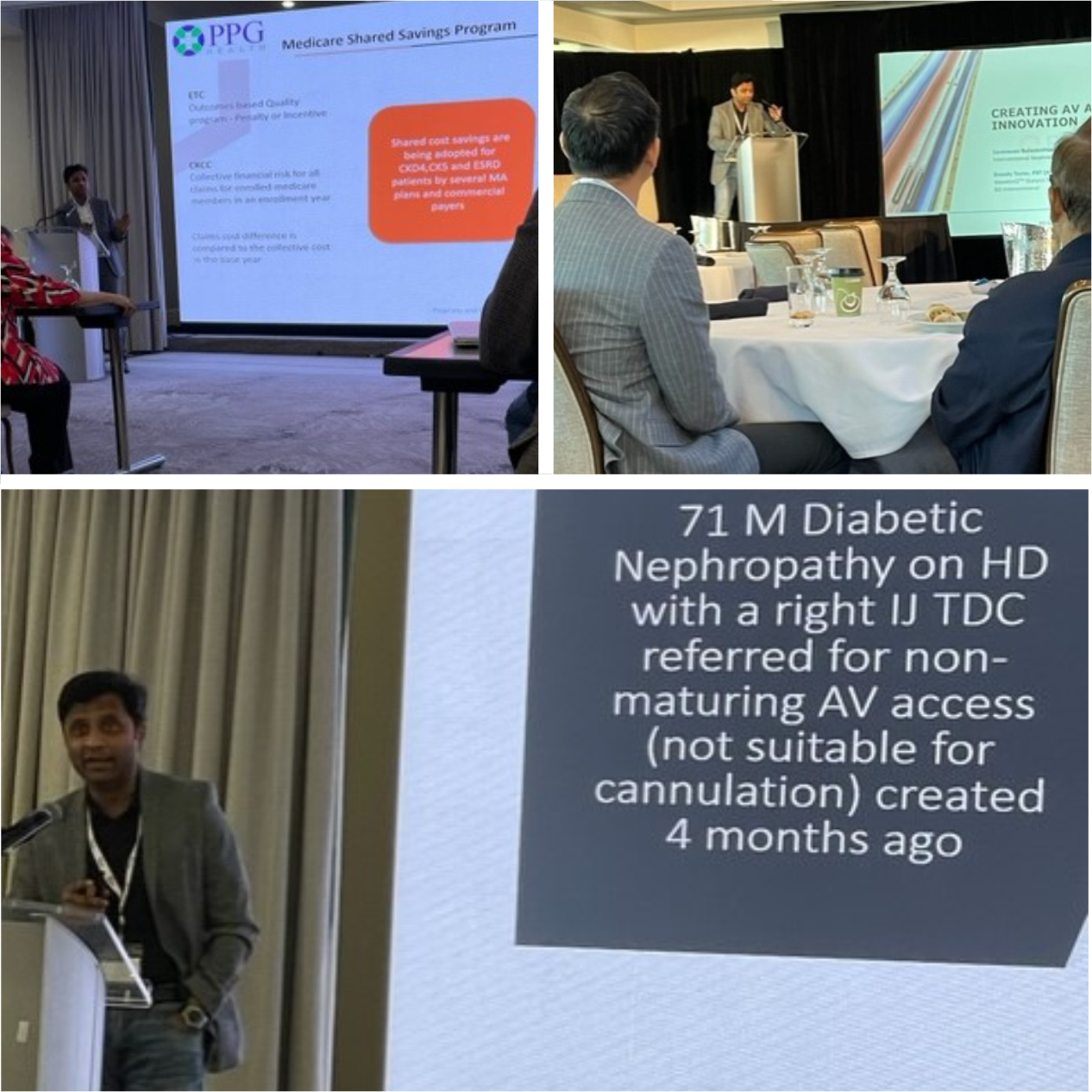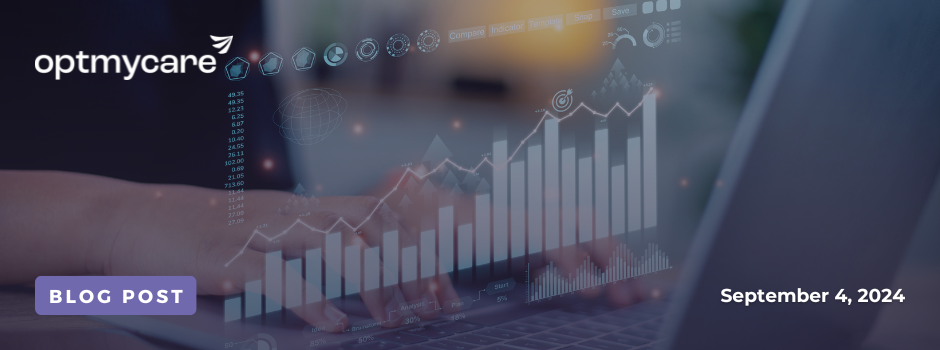
Mastering Healthcare Costs: How Predictive Risk Stratification Drives Financial Efficiency
- OmcEditor
- No Comments
In today’s healthcare environment, managing costs is one of the most pressing challenges facing providers, payers, and patients. With healthcare expenditures continuing to rise, it is crucial to find effective ways to predict and mitigate financial risks. Enter predictive risk stratification — a sophisticated approach that uses data analytics to anticipate where costs are likely to emerge and optimizes resource allocation accordingly. In this blog, we’ll explore how predictive risk stratification can help healthcare organizations better navigate the complexities of cost management.
Overview of Healthcare Costs and Financial Challenges
Healthcare costs in the United States have soared to nearly $4.3 trillion as of 2022, driven by factors such as an aging population, the prevalence of chronic diseases, and ongoing advancements in medical technology. For both healthcare providers and payers, balancing these escalating costs while delivering high-quality care is a formidable task.
One of the core issues is accurately predicting future healthcare costs. Without a clear sense of where expenses will arise, organizations may struggle to allocate resources efficiently, needlessly incurring financial waste and strain in the process. This juncture is where predictive risk stratification can make a significant difference.
The Role of Predictive Risk Stratification in Cost Management
Predictive risk stratification is a process that leverages large datasets to identify patients or populations at a higher risk of incurring substantial healthcare costs in the future. By analyzing historical data—such as clinical records, demographic information, and social determinants of health—predictive models can project financial risks for the upcoming year with greater precision.
For example, predictive risk stratification can pinpoint patients with chronic conditions who are likely to require costly medical interventions. It can also identify groups that would benefit from targeted preventive care, which can help reduce the likelihood of expensive treatments down the road. By understanding these risks in advance, healthcare organizations can proactively manage their resources and implement cost-saving strategies that align with patient needs.
Examples of Cost-Saving Strategies Using Risk Stratification
There are several practical ways that healthcare organizations can use predictive risk stratification to save costs:
> Targeted Preventive Care:
By identifying high-risk patients, organizations can prioritize preventive measures that lower the likelihood of costly complications. For instance, focusing on a population of patients with diabetes through regular monitoring and education can prevent severe complications like heart disease or kidney failure, which are far more expensive to treat.
> Optimized Resource Allocation:
Predictive models can guide decisions about where to deploy staff and resources most effectively. For example, if an increase in emergency department visits is anticipated within a particular demographic, healthcare providers can ensure that the necessary resources are available to handle the demand, thereby avoiding inefficiencies and excessive costs.
> Chronic Disease Management Programs:
Risk stratification can help identify patients who would benefit from access to comprehensive chronic disease management programs. These programs, which focus on lifestyle changes, medication adherence, and regular check-ups, can significantly reduce the need for emergency interventions and hospitalizations, leading to substantial cost savings.
> Informed Contracting and Negotiation:
For payers, predictive risk stratification provides valuable insights into cost drivers within patient populations, enabling more precise forecasting of expenses and more effective risk-sharing arrangements with providers.
Impact on Healthcare Providers and Payers
The impact of predictive risk stratification on healthcare finances is substantial. For providers, it allows for more accurate budgeting and resource allocation, leading to better patient outcomes and lower operational costs. By proactively identifying high-risk patients and addressing their needs early, providers can avoid costly hospitalizations and procedures, ultimately reducing their financial burden.
For payers, predictive risk stratification offers the ability to manage financial risks more effectively across insured populations. By gaining insights into where costs are likely to arise, payers can develop targeted interventions, negotiate better contracts with providers, and design benefit plans that encourage cost-effective care.
OptMyCare’s Solutions for Cost-Effective Care Management
At OptMyCare, we’re committed to helping healthcare organizations tackle the financial challenges of modern healthcare through advanced predictive risk stratification. Our platform uses clinically engineered AI to integrate a wide array of data sources—ranging from clinical data to social determinants of health and financial metrics—and creates comprehensive risk profiles for patients and populations.
These insights enable healthcare providers and payers to predict where costs are likely to emerge, allowing for proactive strategies that mitigate financial risks while maintaining or even improving the quality of care.
Predictive risk stratification is a powerful tool for healthcare organizations aiming to manage costs more effectively. By accurately forecasting financial risks and implementing targeted interventions, organizations can better navigate the complexities of rising healthcare expenses. OptMyCare is dedicated to providing the solutions necessary for cost-effective care management, helping our partners achieve sustainable financial outcomes in an increasingly challenging environment.
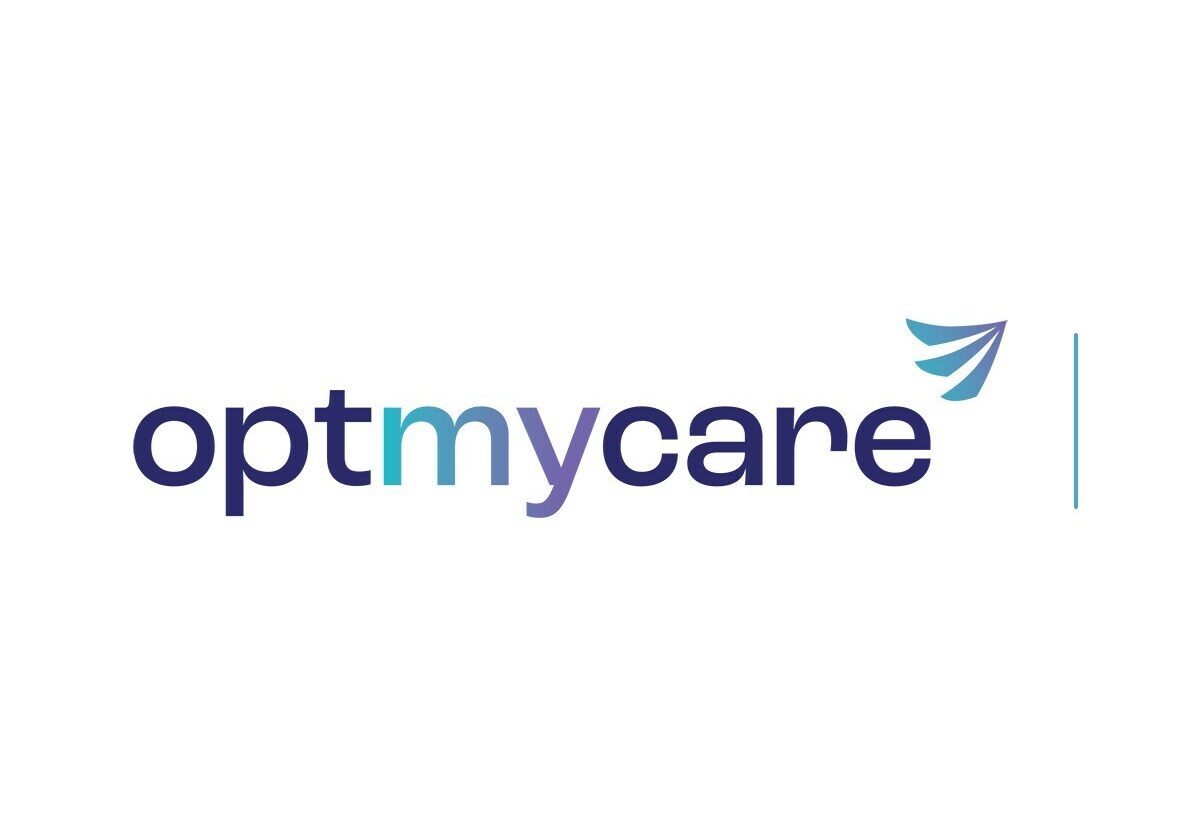
OptMyCare offers advanced predictive risk stratification solutions that empower healthcare organizations to manage financial risks and reduce costs while ensuring quality care. For more information, visit OptMyCare’s website.


